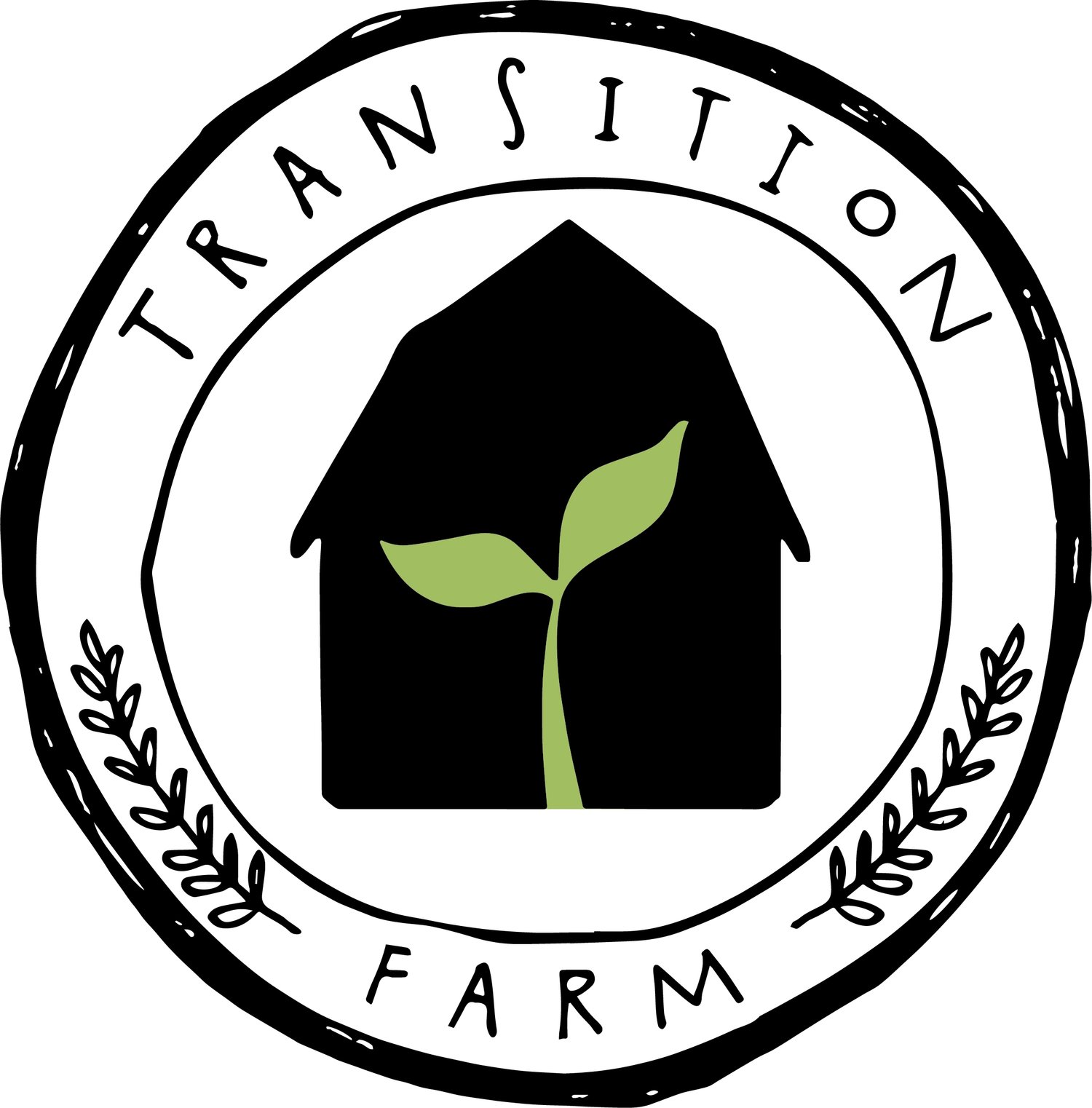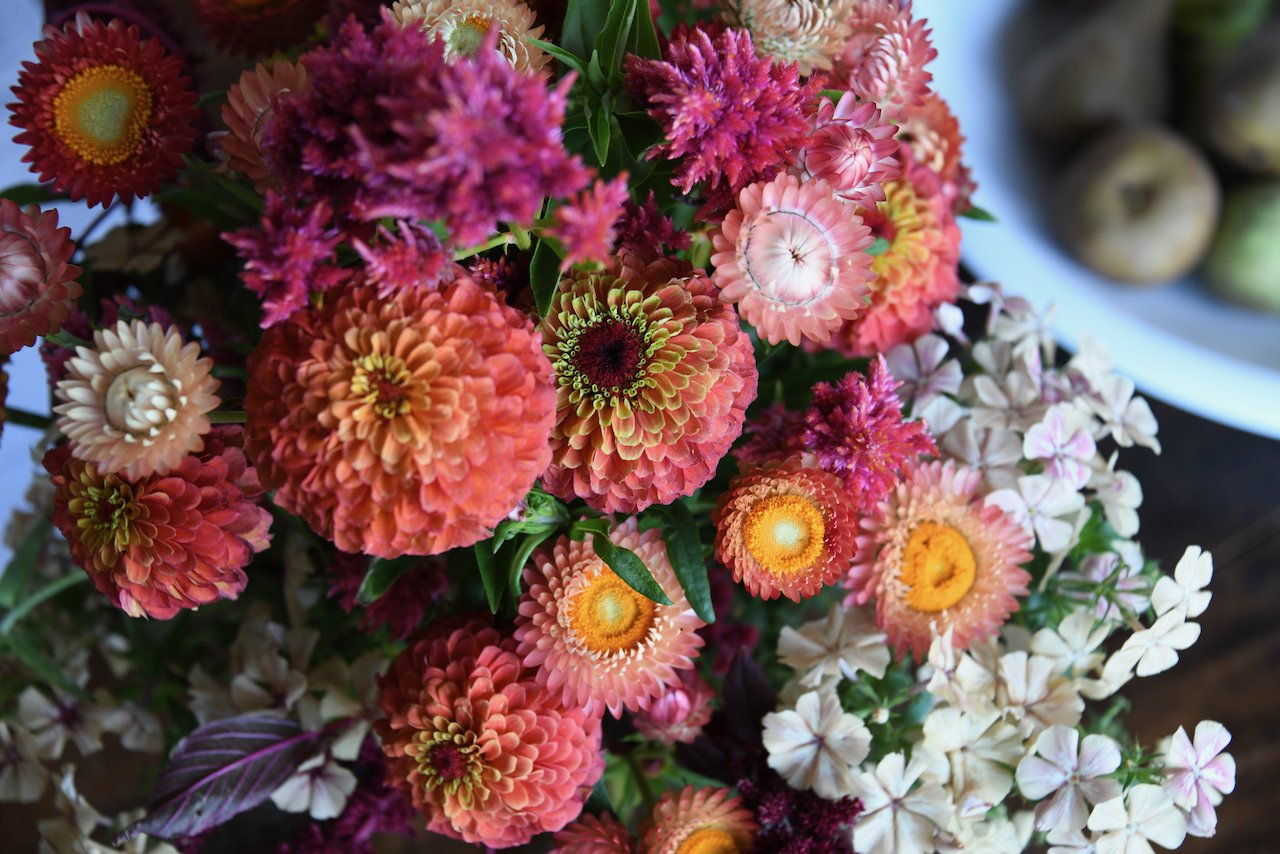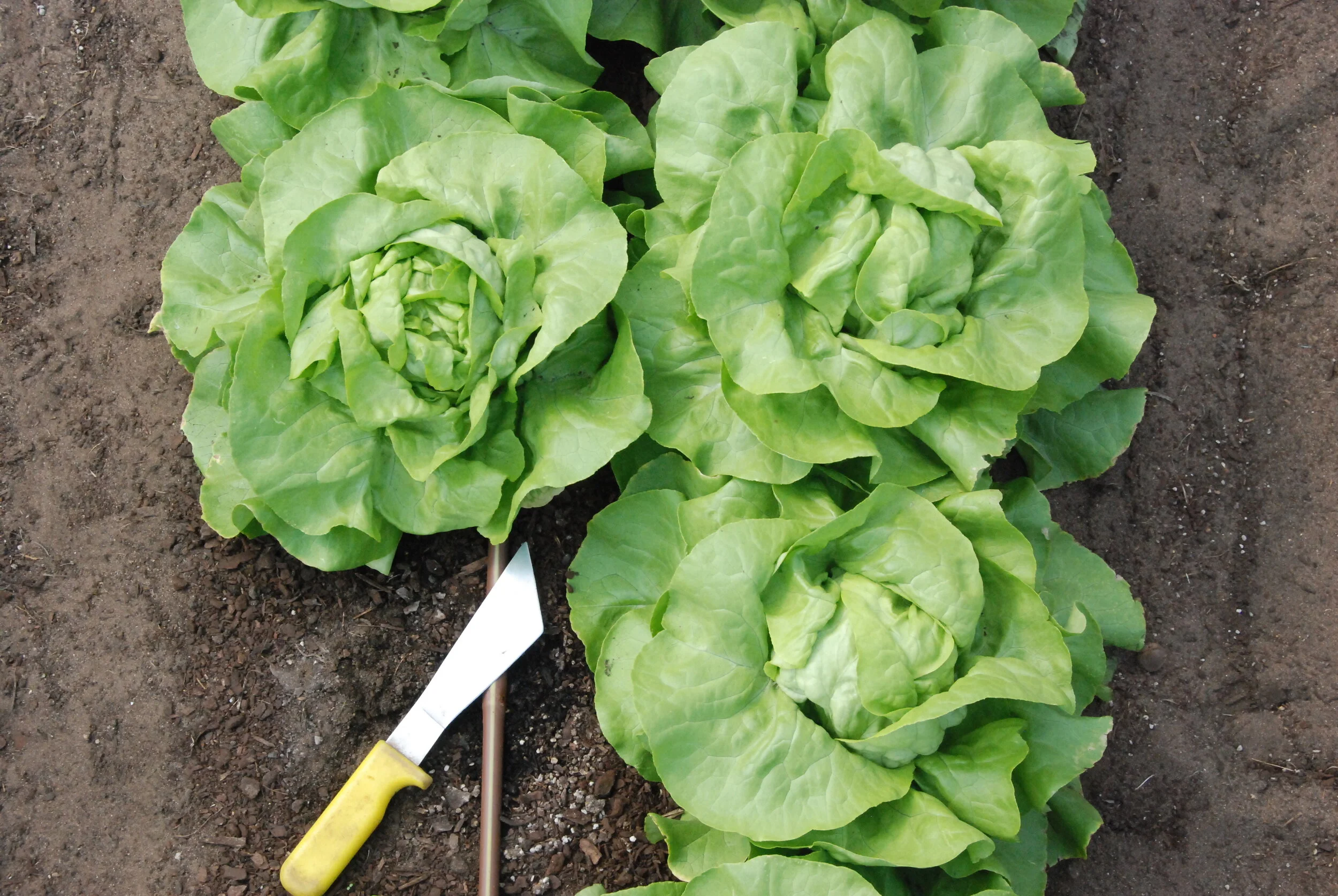Winter - Green Manure Crops and CSA
/Frost encrusted carrot flower
Having passed the Winter solstice, the days are getting longer - even as the cold of Winter strengthens. After the wettest June we can remember, which also gave us more rainbows than we had all season!! and replenished our much depleted water tanks, the clear nights of the past week have allowed some great frosts. Although they are quite heavy, as soon as the sun is up, they melt.
Here on the Mornington Peninsula, our soil does not freeze in Winter. The frosts we experience are actually quite unique given our proximity to the Pacific ocean. The farm sits in a hollow - while frost does not fall on the hills around us, you can see in the following photo how it settles all over our growing fields like a white dusting. We love this as it sweetens our brassicas and root crops while helping Winter kill some of the pests which bother the vegetables.
If we can still have crops in Winter, why not offer a Winter CSA? When we first began our CSA in 2010, we started with a 7 week mid summer season for 25 families. With the response to our vegetables encouraging, we decided to buy more land and increase our CSA- offering more weeks and more shares. We grew and grew each year until we were offering a 39 week CSA to 125 families!
Throughout this growth, we also grew as farmers, furthering our understanding of how to build and protect life filled soil so that we could grow crops with minimal inputs. Our biodynamic practices correspond to the Australian Demeter Biodynamic Method. This method starts with the premise that in order to truly photosynethisize, plants need to feed using feeder roots which tap into humus. Green manure crops are used to protect and proliferate soil microbes, to remineralise the soil, and to build humus - not only through the incorporation of organic matter back into the soil but also through the great symbiotic relationship between plants and soil life - with plants converting sunlight and water into complex sugars which are then fed to the diverse network of organisms living within the soil who in turn offer nutrients and/or heightened immune system response to the plants. It is amazing the interconnectedness of the soil life and the plants above. We feed our soil, not our food crops.
Worldwide agricultural practices are affecting the climate. The topic is immense and may seem overwhelming but the link between climate change and the agricultural practices used to produce our food and fibre are undeniable. And science is showing that the connection between living plants and CO2 absorption could be a key player in helping to remove and stabilise our CO2 emissions.
In addition to trying to grow the most nutrient dense food we can, Peter and I have also tried to learn how to build and protect our soil, its food web and the deep carbon stores held by it. Every farm is different - soil types , water sources and climate conditions may even differ between one field and another on the same farm. As such, a farmer needs to adjust their management to best suit the property. For us, growing vegetables on a sand dune, we have found that we need one to two green manure crops per year in the areas where we are intensively growing vegetables.
Another important aspect is our size. Our farm is 7 acres which includes native corridors, herb and flower borders, driveways and access, sheds, glasshouses, poly tunnels and our house. We have approximately 2.25acres under cultivation - 140 100 foot beds.
Winter green manure crops
Our understanding, management and use of green manure crops has increased every season. In many ways we spend more time trying to optimise our green manures and the role they have on our farm than we do with any other crop we grow! Our green manures reminimeralise our soil which makes our food more nutrient dense, they protect and proliferate the soil life on our farm, they help build climate resilience into our crops by encouraging a vast root system which uses less water. Our humus helps our crops to be more drought resistance and rebound quicker after extreme weather events. And it also allows our plants to govern their own health, making our job of growing without pesticides and fungicides easier. You can see why green manures are so important to us.
It took about four years for Peter and I to really understand how best to work with the soil we had here and how many green manure crops we needed each season to keep our food crops healthy. Once we worked that out, we had to fit the growing of our food crops around our green manure crop schedule. This was important to us as we wanted to grow biodynamically, not supplementary feed our food crops with off farm inputs.
We also have no idea how much “food” a certain crop might need - there are estimates but these are just that. So we would prefer if that crop managed its own needs through tapping into the humus hotel and building relationships with various soil organisms. We hope our soil management practices are protecting our ground water from water soluble leaching while allowing plants to truly express themselves - offering a more nutrient dense food to our CSA members and the restaurants for whom we grow.
In addition to the green manure needs on our farm, we also have a winter pest, the red legged earth mite (RLEM).
Red Legged Earth Mite(RLEM) on Spinach
This pest hatches from an early summer laid hard bodied egg which is stimulated when the nights cool and the Autumn rains come. As the weather gets colder, many of the other predatory mites whom might eat the RLEM die. And so their population grows. The RLEM feeds through sucking on leaves. This action mines the leaves, damaging them.
We have been trying a variety of biodymanic and management methods to reduce the population size on the farm and I am happy to say that they do appear to be working. This season we found the RLEM on the edges of plantings but not throughout the planting. Other BD farms have reported similar results with other pests (such as wheat aphid in grain crops).
But the RLEM mite is still here. So we made the decision to not try and keep crops growing through Winter for harvesting throughout the 12 weeks when our crops stop actively growing due to the low light of the season. In addition to the greens which we need for Winter CSA boxes, we also need storage crops grown in the Spring, Summer and Autumn. Again these we could grow but we really need more space to increase our harvest of all of these crops.
So there you have it - we do not offer a Winter CSA because we do not have enough land to allow for the extensive green manuring we require and because we have a pest that we have not been able to completely overcome.
To read more about Biodynamic Agriculture, there is a great Alex Podolinsky lecture.
There is also a short page with Biodynamic Practical Advice.
There are many articles on the internet about carbon. Here are two:
The Movement of Carbon Around Earth’s Atmosphere
Six Ways to Remove Carbon Pollution From The Sky
We spend time in Winter planning our next growing season. We evaluate variety trials we have done, we meet with chefs, we make a CSA plan, we order seed, we work out when we will seed, transplant and harvest, where will the crops grow. We read and try and connect with other farmers to continue learning and growing in our art. We clean and organise the seed we have grown that season. We do bookwork. We build and improve infrastructure and clean up the piles that have accumulated all growing season. We spend quality time with our family. And this Winter we are completing the paperwork to submit for Demeter Biodynamic Certification!
Even though we have just entered the Winter season, we start sowing seeds again in just over 3 weeks, and still need to finish our plan for next season. We will take a much needed rest to restore our energy and prepare for the next growing season.
We hope that you all enjoy Winter too!
Frost on broccoli




















